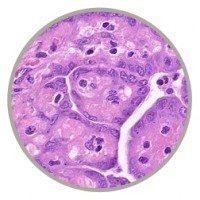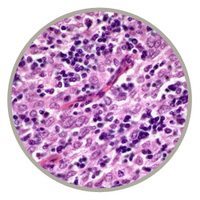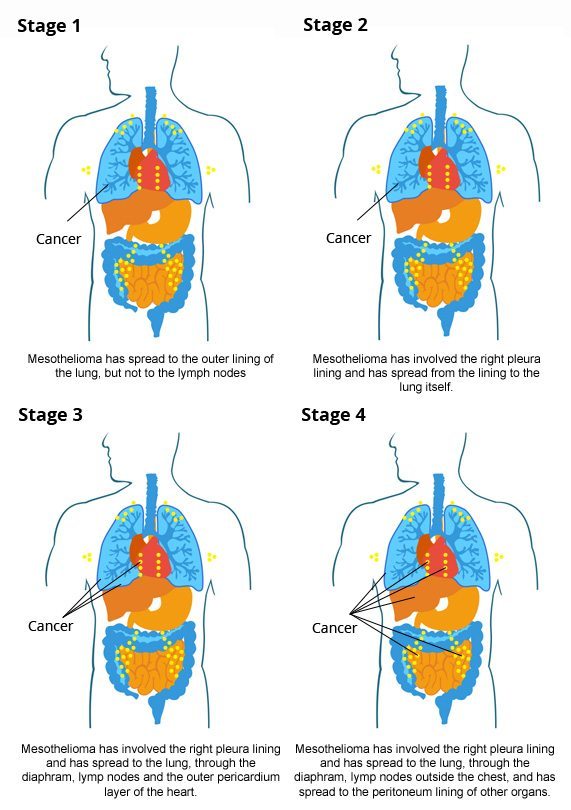Mesothelioma Life Expectancy and Early Detection

How Can I Improve My Mesothelioma Life Expectancy?
Being proactive about your health is a great first step toward improving your mesothelioma life expectancy after a diagnosis.
In addition to seeking traditional mesothelioma treatments immediately, there are a few steps you can take to improve your mesothelioma life expectancy.
The first step you should take is to seek legal advice so you can begin pursuing the compensation you deserve to afford the treatment you need.
Contact us today to learn about your options for mesothelioma compensation.
Other options to explore as you work to improve your mesothelioma life expectancy include:
- Eating right: The American Cancer Society suggests a healthy diet that is rich in plant foods and low in processed foods and red meats.
Specific guidelines include eating at least 2.5 cups of fruits and vegetables each day, choosing whole grains over refined grains, limiting your consumption of processed meat and red meat, and limiting alcohol consumption. - Holistic treatments: This alternative care approach treats a patient as a “whole” person, as opposed to simply treating the symptoms and illness.
Holistic care looks at an individual’s physical, emotional, and spiritual well-being. For example, mesothelioma is not treated; rather the body and immune system are strengthened, with the goal of allowing the body’s defense mechanisms to heal the cancer.Types of treatments may include acupuncture, homeopathic medicines, and hypnosis. - Clinical trials: Advances in medicine are made every day, and all treatments start out with a clinical trial phase.
When considering a clinical trial, the best thing you can do (other than talking to your doctor) is to talk to a patient who has participated in one or a family member who was there with the patient.A participant can give you a personal perspective of what a trial is like. And remember, clinical trials may hold the hope for a cure one day.
Early Detection Is the Key to Increased Life Expectancy
Malignant mesothelioma, caused by exposure to airborne asbestos fibers, is an incurable cancer involving the lining of the lung, abdomen, or heart.
The latency period, the time between asbestos exposure and diagnosis, can be decades long. For many patients diagnosed 15 to 60 years after their initial exposure to asbestos, the disease is already in an advanced phase when they begin to suffer symptoms of shortness of breath and chest pain.
At this late stage of diagnosis, the average survival time is less than a year.
Although there are many factors doctors look at to determine a patient’s prognosis and mesothelioma life expectancy, doctors, patients, and cancer advocates are now emphasizing the importance of early detection.They all agree that in order to increase the effectiveness of treatment options leading to an increased survival time, early detection is critical. In fact, the American Cancer Society states that “if you can’t prevent cancer, the next best thing you can do to protect your health is to detect it early.”
Localized Tumors Have More Treatment Options
According to the American Thoracic Society, malignant mesothelioma is a fatal disease with median survival time of less than 12 months from first signs of illness of death.
However, some studies have shown that among patients where it is diagnosed early and treated aggressively, about half can expect a mesothelioma life expectancy of two years, and one-fifth will have a mesothelioma life expectancy of five years.
As a comparison, for patients whose mesothelioma is advanced, only five percent can expect to live another five years.
Early diagnosis of the cancer often means that the cancer will be localized, with the cancer cells found only at the body site where the cancer originated.
The localized cancer would be identified as Stage 1 and can involve a surgically removable tumor. Once the cancer cells have spread beyond that original location, the mesothelioma is considered advanced and surgery is often no longer an option.
The importance of early diagnosis of this cancer cannot be overemphasized. Treating a limited area of cancer is easier, and includes more treatment options, than trying to treat cancer that has spread, or metastasized, to several sites or throughout the body.
Mesothelioma is typically diagnosed within three to six months of the first visit to a doctor with complaints about breathing problems or chest and abdominal pain.
Anyone who has worked around asbestos is urged to see a physician for screening for malignant cancer. Screening methods are advancing, and various blood tests now exist that may identify mesothelioma.
The blood tests focus on a protein in the blood that is released into the blood stream by cells. One test checks for a protein known as SMRP, or soluble mesothelin-related peptide.
The biomarker measures the amount of SMRP in a person’s blood. Abnormally high levels may indicate the presence of mesothelioma.
Life Expectancy Factors
Early diagnosis can improve life expectancy.
However, the following factors for a mesothelioma diagnosis are all important when assessing life expectancy:
- Age at diagnosis
- Type of mesothelioma
- Smoking or non-smoking patient
- Overall health of patient
Researchers at the Mayo Clinic add quality of life prior to a diagnosis to the list of increased survival. The researchers found that patients who deemed their quality of life highest among other lung cancer patients lived significantly longer.
The American Cancer Society encourages cancer survivors to focus on healthy behaviors including exercise, diet, and not smoking to limit the risk of mesothelioma recurrence and for improved quality of life.
Age
The younger the better. Many studies report that younger, fit patients have a higher mesothelioma life expectancy than their older counterparts when diagnosed with cancer.
Younger patients are generally healthier overall, which points to encouraging Americans to live a healthy lifestyle in order to combat mesothelioma.
Location of Cancer
The primary types of mesothelioma are pleural, involving the lung, and peritoneal, involving the abdomen.
Pleural mesothelioma patients typically have a shorter mesothelioma life expectancy than peritoneal patients. According to statistics, 80 percent of the mesothelioma cases are pleural, with close to 20 percent peritoneal cases.
Pericardial, which occurs in the lining around the heart, is extremely rare, representing less than one percent of all mesothelioma cases.
Types of Cells
There are three types of cells that appear in mesothelioma: epithelioid, sarcomatoid, and biphasic.
 Epithelial cells
Epithelial cells
These cells protect and surround organs. When they are invaded by mesothelioma, they form tumors that can be removed with surgery or treated with radiation, chemotherapy, or a combination of the three.
Mesothelioma cases often include a malignant epithelial tumor. There are 20 kinds of epithelial mesothelioma cells. Some are associated with a specific type of mesothelioma. Others are found in all forms of the disease.
 Sarcomatoid cells
Sarcomatoid cells
Are made up of cancerous cells that can include epithelial cells. Sarcomatoid cells are hard to tell apart from healthy tissues. They spread quickly and are the most difficult to treat.
There are three kinds of sarcomatoid cells associated with mesothelioma: transitional, lymphohistiocytosis, and desmoplastic. They are found in all three types of mesothelioma.
 Biphasic cells
Biphasic cells
Are the second most-common found in mesothelioma patients. These cells are most often present in pleural patients.
They may include elements of epithelial cells and sarcomatoid cells; for this reason, treatment and patient survival time frames will vary. Treatment is also based on the stage, size and location of the tumor.
Smoking
Unlike many other predominantly pulmonary-related cancers, cigarette smoking has no known causative effect on pleural mesothelioma incidence.
However, statistics show that smoking accounts for 90 percent of lung cancer cases and 85 percent of head and neck cancers. Smoking cessation is one of the primary ways to prevent lung disease.
The effectiveness of treatment for mesothelioma patients can be complicated if patients continue to smoke.
Overall Health
Patients with few to no additional health complications may have a longer survival than those with other health issues such as diabetes and high blood pressure.
Patients with other chronic conditions must carefully monitor their health and medications to prevent complications from arising. When they are then diagnosed with mesothelioma, it is important that the medical team and patients work closely together to monitor drug interactions and proper nutrition.
The American Cancer Society reports the following median survival time of patients with pleural mesothelioma who were treated with surgery to cure the cancer.
The numbers include the relative five-year survival rate and median survival. The ACS adds that survival times tend to be longer for patients treated with surgery.
Patients who are not eligible for surgery often have cancer that has metastasized.
- Stage I – 21 months
- Stage II – 19 months
- Stage III – 16 months
- Stage IV – 12 months

Sources & Author:
